The quest to convert the world's fleet of vehicles over to electric together with changing the whole power grid to being fully renewable energy sources is a monumental task. Some detractors will even say it is impossible. But such people are normally discounting the ingenuity of engineers to solve seemingly insurmountable problems. In this article, we will look at some of the massive headwinds facing transitioning fully to an electric fleet.It is worth keeping in mind that while these are the very real problems facing the industry today, workarounds are being researched. One innovation in the pipeline is solid-state batteries (which reduce the needed amount of rare earth materials) look like they will become fully practical options in the near future. Another thing is, companies are working to reduce cobalt in their batteries — which is one of the very worst materials. Here are some of the biggest supply and disposal issues facing EVs today.
8 Scaling Up
In order to transition all the world's vehicles to electric vehicles, a 100-fold increase in electric vehicle production is needed. That would increase the batteries from 0.1 Terawatt Hours to 10. It is hard to get one's head around just how much of an increase that is.
Furthermore, to transition all the world's power to renewables would require another 10 TWh (up from 0.06 TWh now), which's another 1600-fold growth in production. Tesla's grand vision of 100% EVs and 100% renewable sources will not be an easy transition. The road map ahead is logistically gargantuan.
7 Supply Chain Logistics
The problem with Lithium-Ion batteries is that they are partially made up of rare earth materials. And the problem with those rare earth materials is that they are, well, rare. The very difficult rare earth materials are cobalt, nickel, and lithium.
These are the bottleneck materials that are very difficult to source. One can have confidence that answers and workarounds will be found, but for now, it does pose a daunting task. To scale up some of these rare earth materials will be tricky and will need to be very carefully planned and managed.
6 Supplying Cobalt
Cobalt is currently vital to the manufacture of these batteries, but the largest problem is that much of the world's cobalt comes from the Democratic Republic of Congo (DRC) — responsible for 65% of the world's supply — as well as significant mining in Zambia in Africa.
The DRC is an unstable country and has been plagued by wars and very poor infrastructure. This makes it both difficult to extract cobalt in sufficient quantities, and putting a very large question mark on the sustainability and reliability of the supply. In fact, Cobalt is the biggest single supply problem.
5 Supplying Nickel
Nickel is another rare earth material that is also very hard to come by. Much of the world's nickel supply comes from Indonesia, Russia, the Philippines, Australia, Canada, and New Caledonia. At least these countries are more stable.
Around 2.5 million tons of nickel is mined annually. In the United States there it has always been very difficult to profitably mine nickel. In the past, there was only one profitable nickel mine in Riddle, Oregon, but that closed in 1987. Since 2014 there has been one nickel mine operating in Michigan's Upper Peninsula called Eagle Mine Project.
4 Sheer Amount Of Nickel Needed
While there are only small amounts of lithium and cobalt in the EV batteries, a significant amount of the weight of any battery is nickel. So much so that a 100 KWh battery requires 70 kg or 154 lbs of nickel.
Scaling that up to the 10 TWh hours needed, and we would need some 7 million tons of nickel. Tesla is trying to replace cobalt in their batteries, but if they do, they would need even more nickel. It's questionable how quickly nickel mining can ramp up to meet this demand, but it will need to be done.
3 Supplying Lithium
There is still a lot of lithium in the world is more stable countries like Australia. However, it is still very difficult to source. One of the biggest issues is just the sheer scale of the explosion of electric vehicles that are planned for the future.
Today, lithium is mined from salt pans in places like Chile and Bolivia, large rock deposits like in Australia as well as clay deposits. There are more great reserves of lithium around the world — including in the ocean. The problem today is we have no cost-effective way of mining it there.
2 Recycling Batteries
As more and more vehicles become electrified, then more and more will start reaching the end of their useful lives, and it will be time to dispose of them. Now, this creates even more problems as well as opportunities. Batteries are notoriously difficult to recycle and are very labor-intensive.
But there are startup companies focusing on recycling the impending deluge of spent batteries. They are developing many ways and means of extracting and recycling these very valuable rare earth materials profitably. Effective recycling will also help relieve some of the stress on mining rare earth materials.
1 Charging Points
Perhaps one of the most obvious problems for supplying EVs and keeping them charged is the supply of actual charging points. And this has always been a chicken and the egg problem. You don't want to invest huge amounts of money until there is a demand for it, but people won't buy EVs until there are plenty of places to charge them.
Fortunately, this is a fairly straightforward problem to solve, and the number of charging points installed around the world is rising quickly. But still, it does pose some significant problems in the meantime.
In summary, there are a number of supply and recycling problems facing EVs, but as with so many things, one can have confidence that necessity is the proverbial mother of invention.


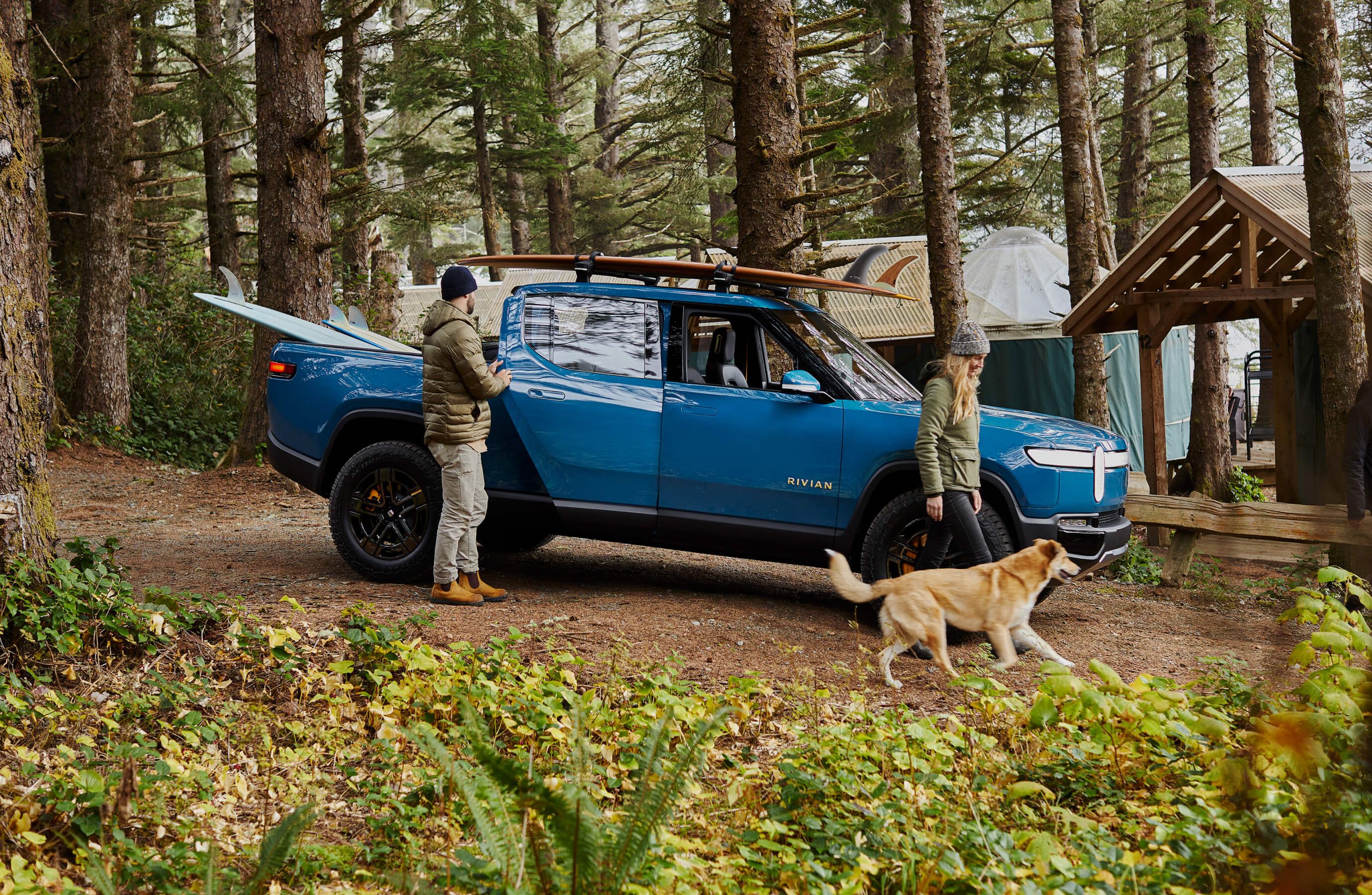
.jpg)
.jpg)
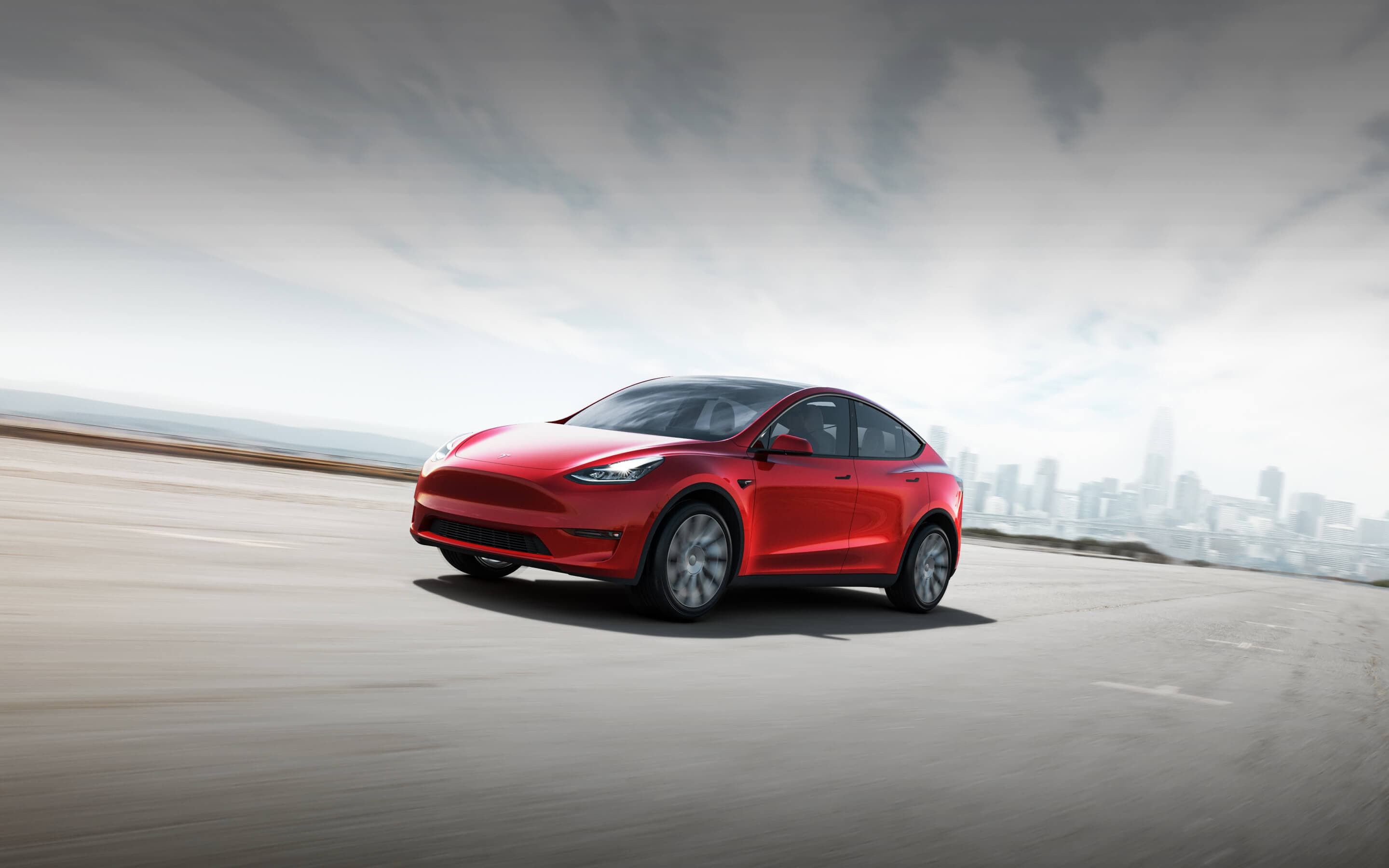
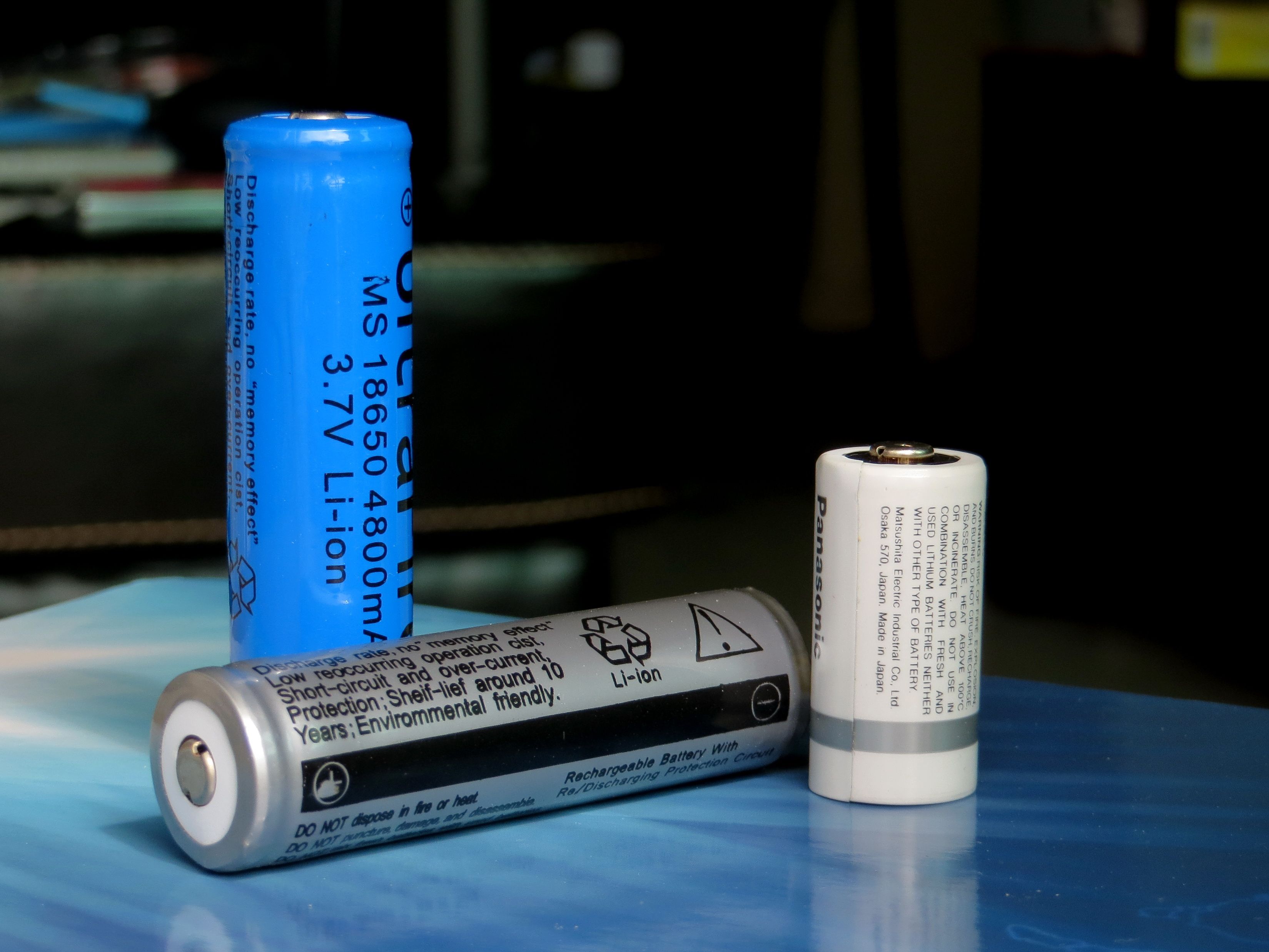
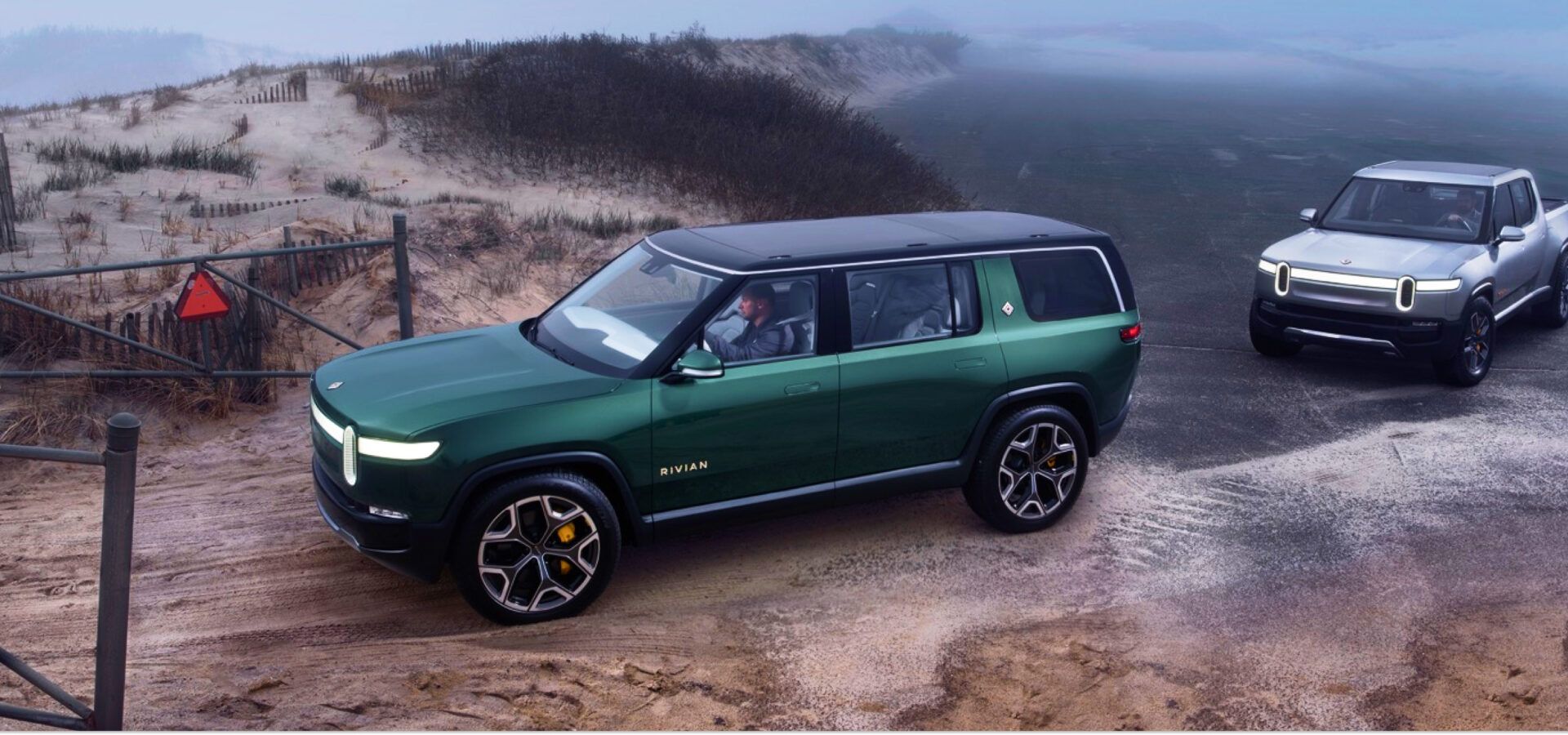
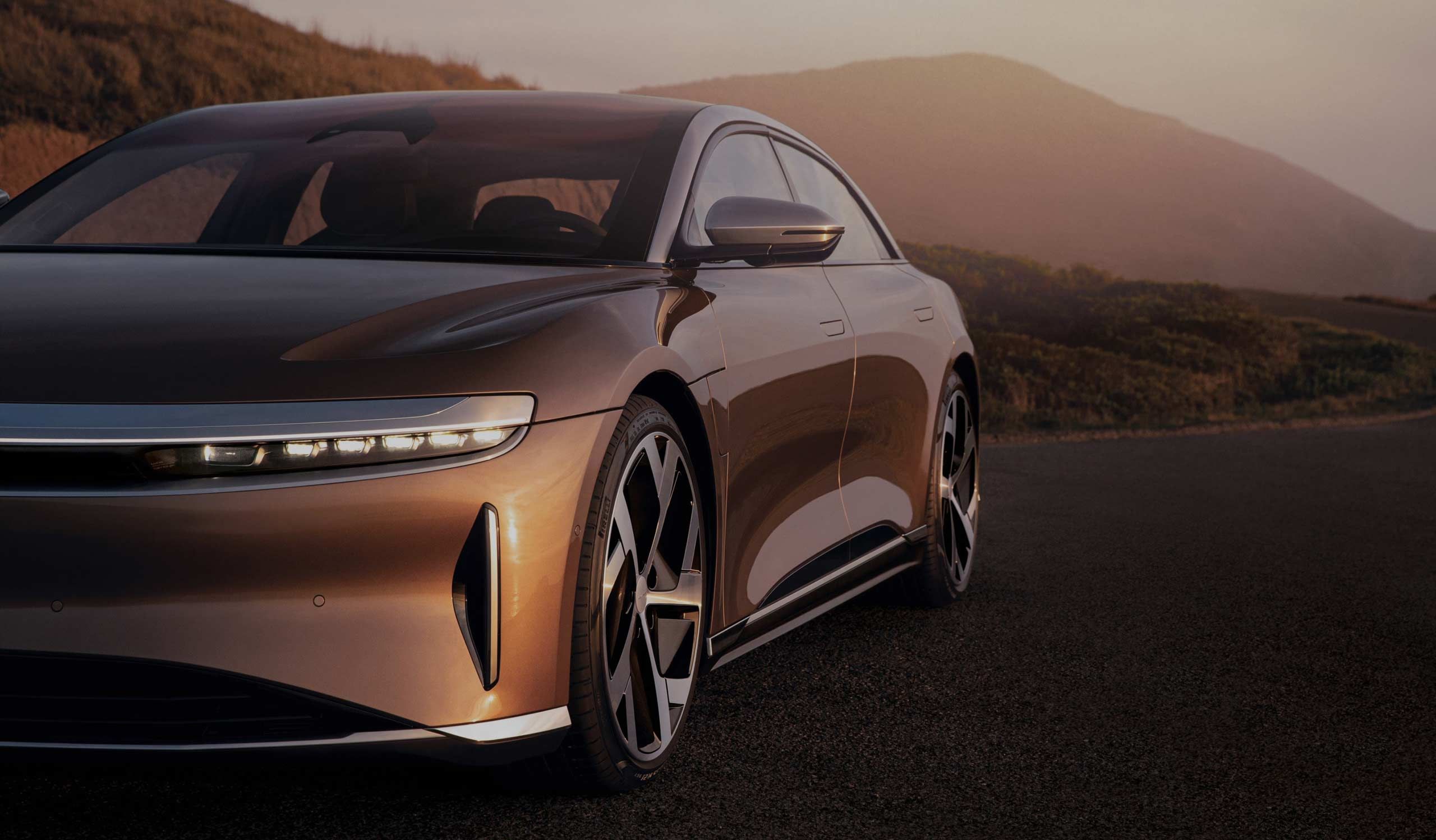
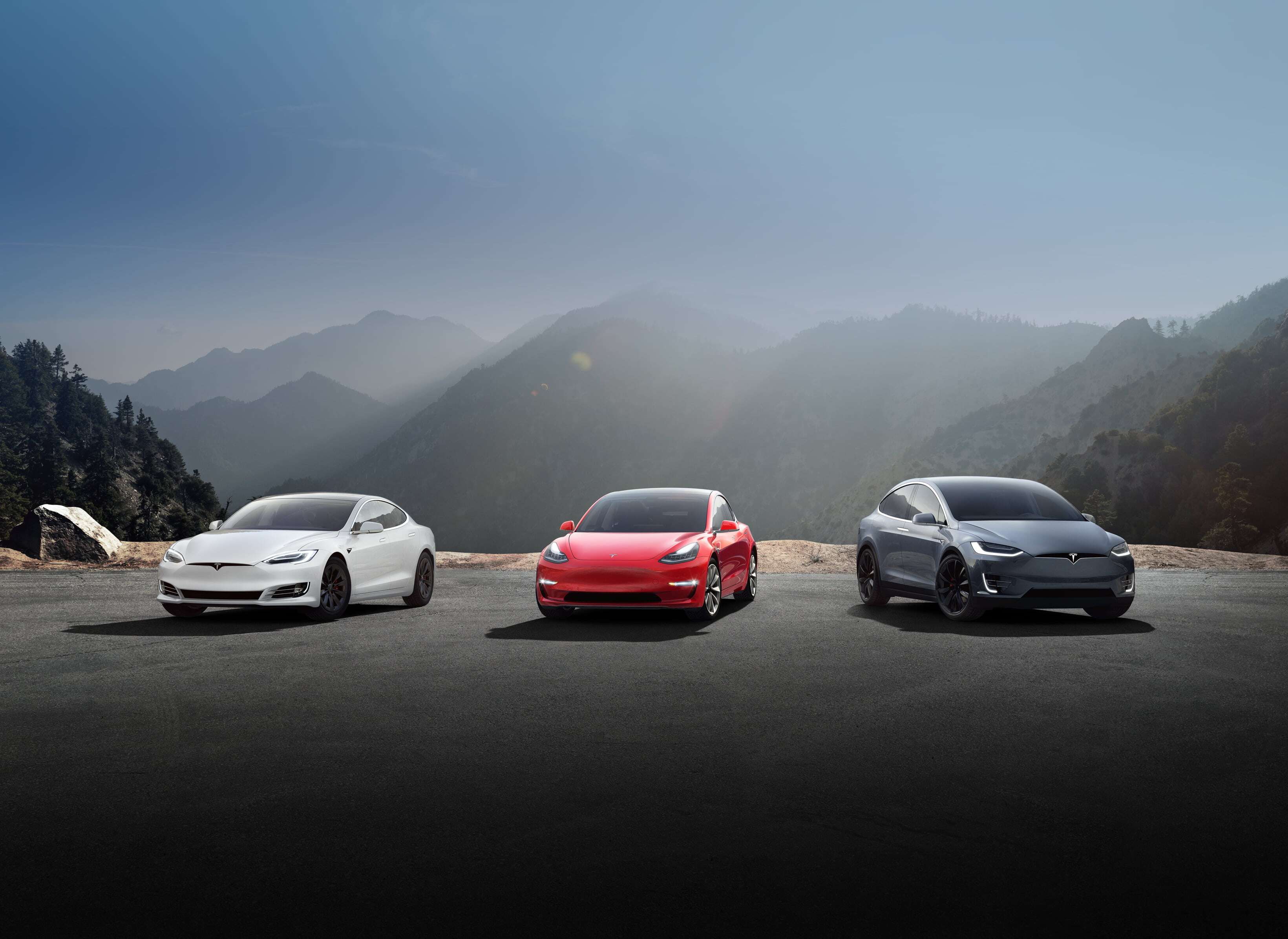
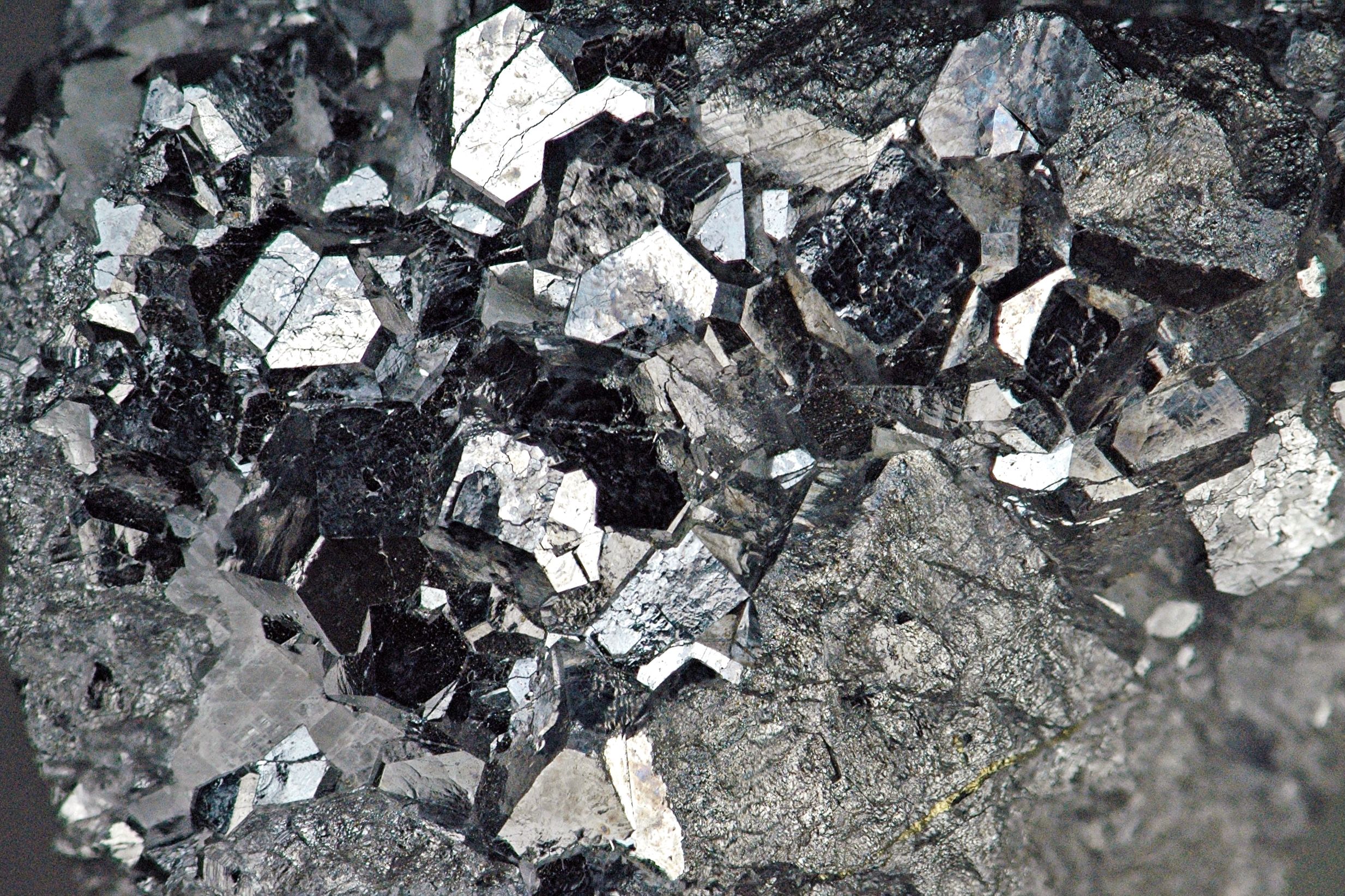
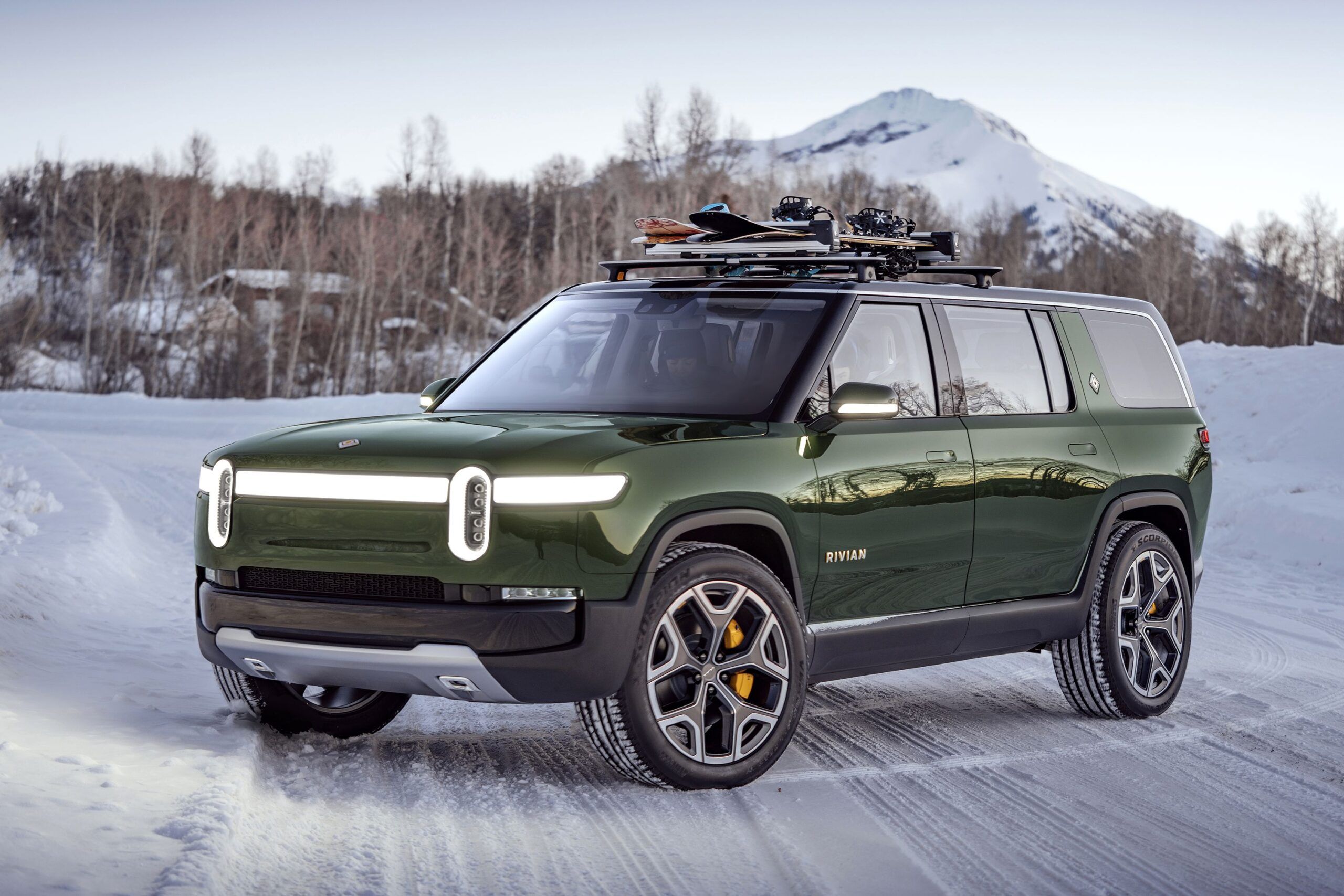
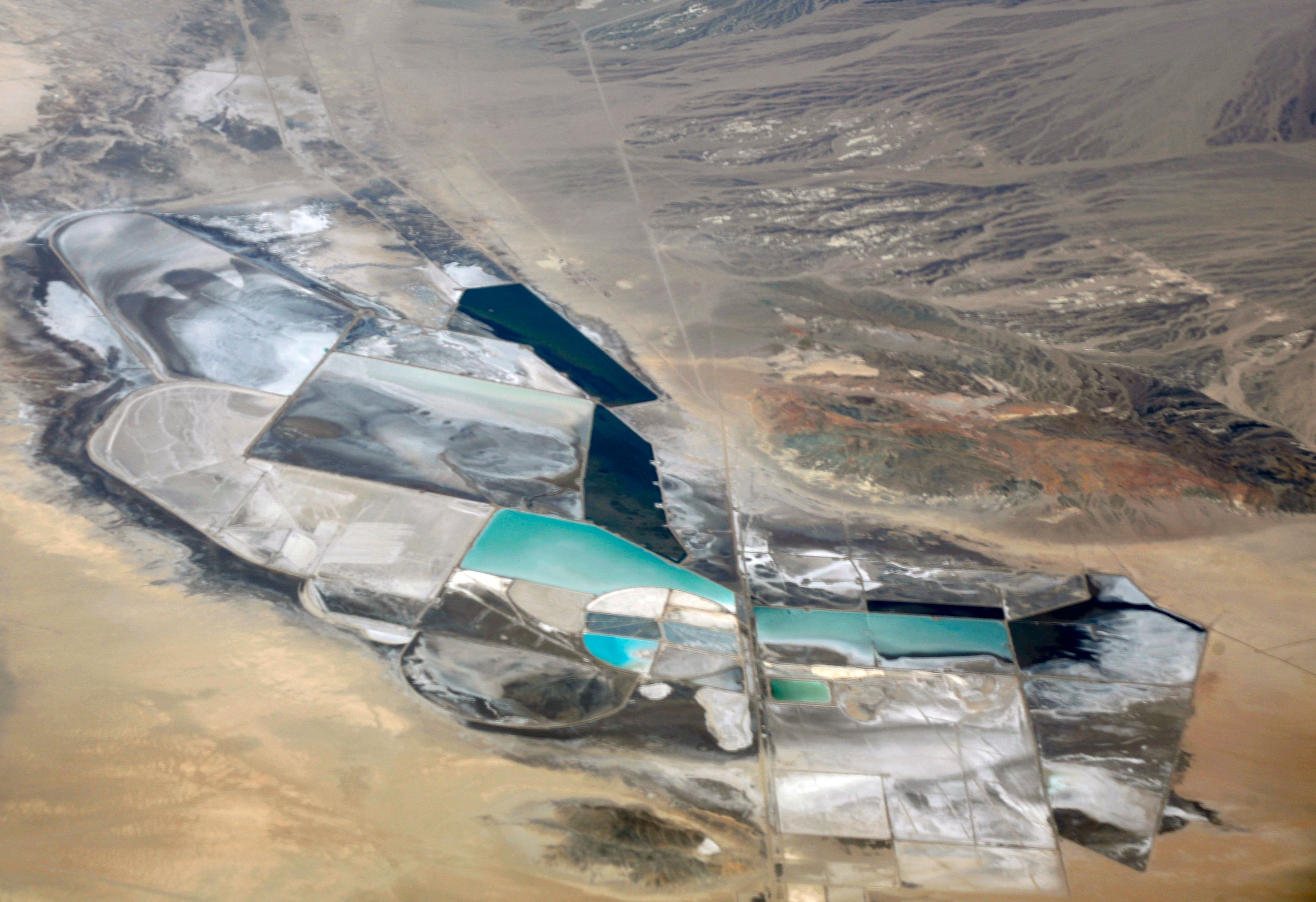
.jpg)
.jpg)
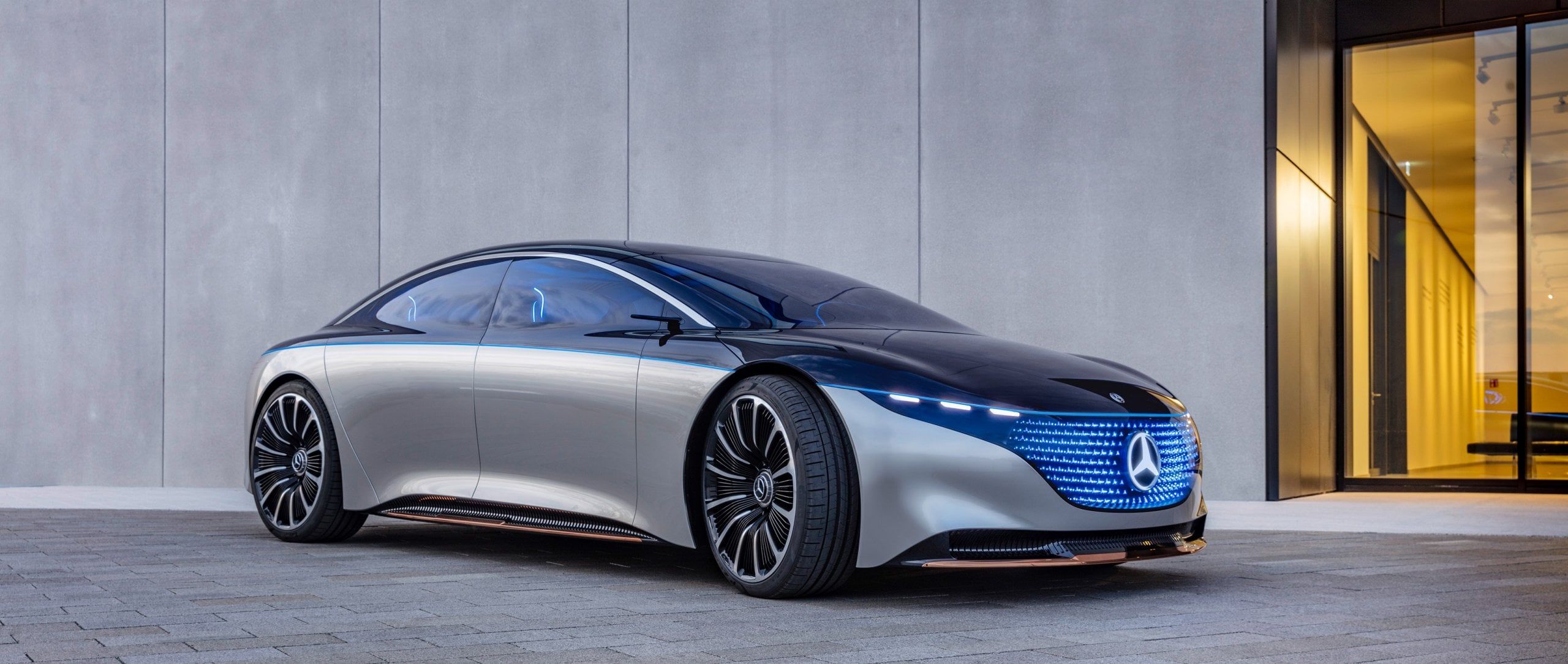
.jpg)
.jpg)